Top of the Glass: A Variety of Wine Glasses in France
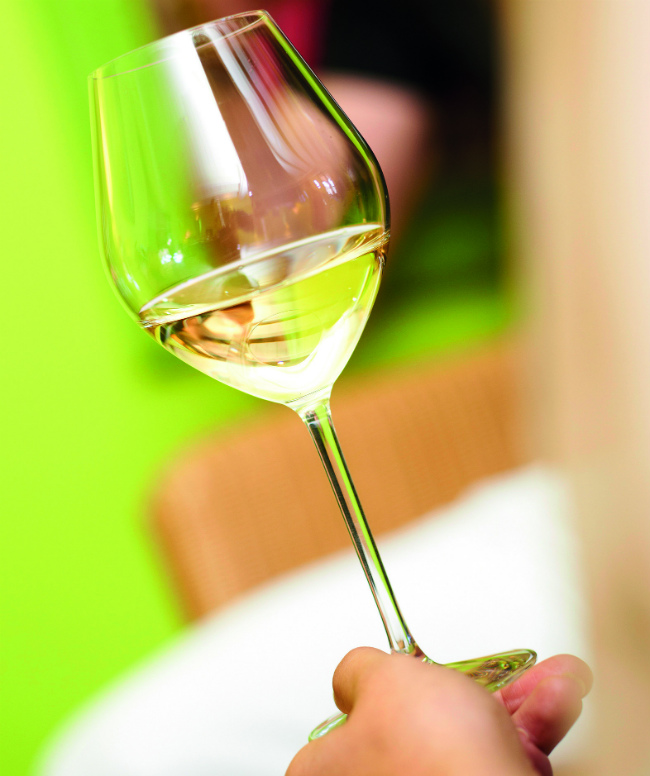
There are almost as many types of wine glasses in France as there are wine regions. However, are they all necessary to enjoy your wines? Fortunately not, according to most experts.
“Years of research have shown that one type of glass is perfect for most wines,” says Géraldine Clément, sommelier in Avignon, the French capital of Côtes-du- Rhône. “It should have a flared shape at the bottom, go up a little higher and narrow towards the opening, a bit like a tulip. This allows the glass to have an aeration surface large enough so that one can swirl the wine and develop the aromas, which are then captured by the nose in the upper part of the glass.”
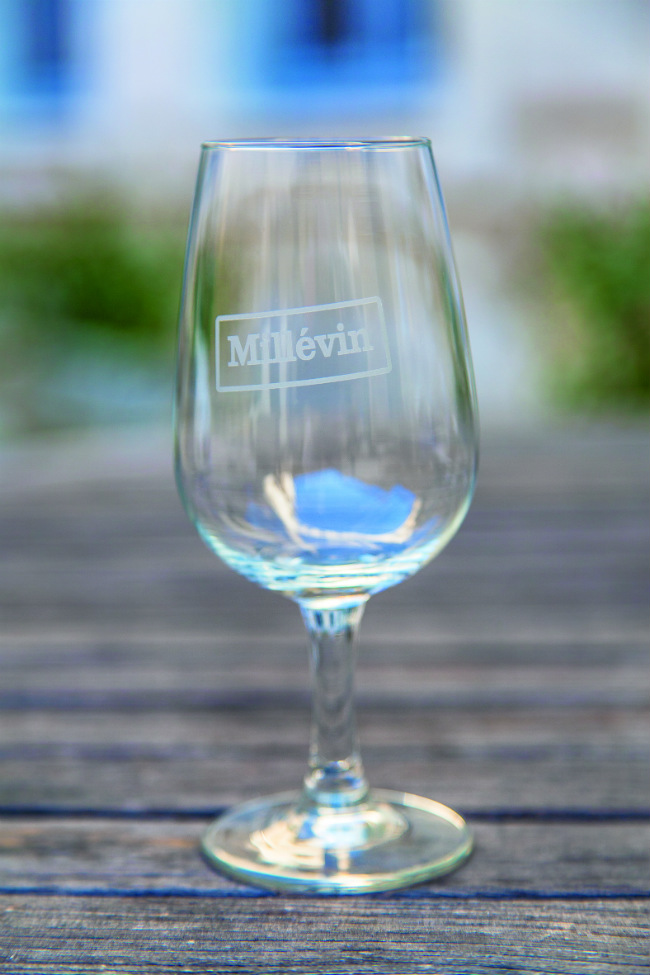
Use Millévin glasses for Côtes-du-Rhône. ©Christophe Constant/ Verre INAO
Of course, most of the grand classics usually follow these principles but, in addition, they depend on the type of grape varietal used: the red Burgundy glass whose rounded bowl concentrates the intense aromas of pinot noir that the nose can then capture through a narrower opening; the red Bordeaux glass, more slender, with a larger opening to induce good oxygenation of the wine; the white Burgundy glass, with a large bowl so the wine can aerate at its widest point; and the Champagne glass, with a tapered shape and very slightly convex to free the aromas while the bubbles rise gracefully towards the opening. On the other hand, the traditional wine glass of Alsace, with its green stem, and the Anjou wine glass, rather high with a flat bottom, have become obsolete and have had to be redesigned.
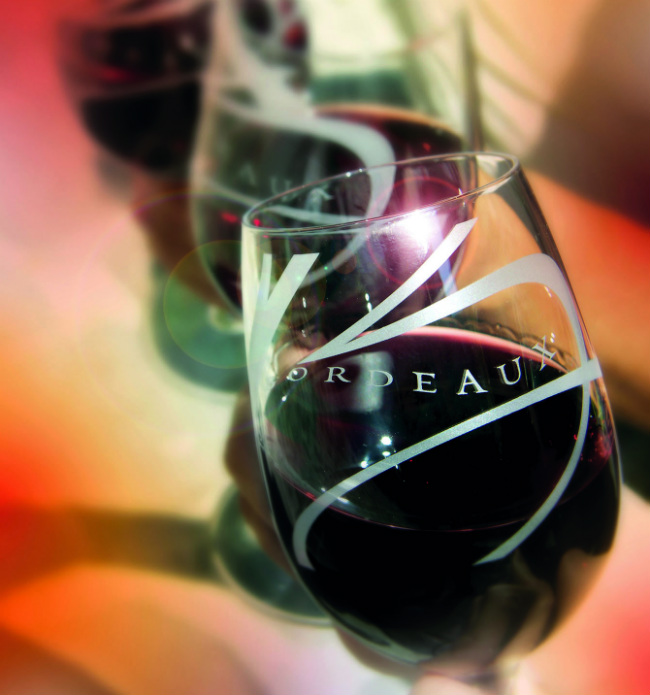
Bordeaux glasses are designed for full-bodied, heavier red wines. Photo: Yann Lacombe
A GOOD COMPROMISE
This design evolution stems from the work of Jules Chauvet, a winemaker from the Beaujolais region. In the 1950s, he developed a theory that the relationship between the volume of wine and its contact surface with air is directly related to the development of aromas. This led to the design of the famous INAO glass (named for the French appellations regulator), which has become the official tasting glass in France.
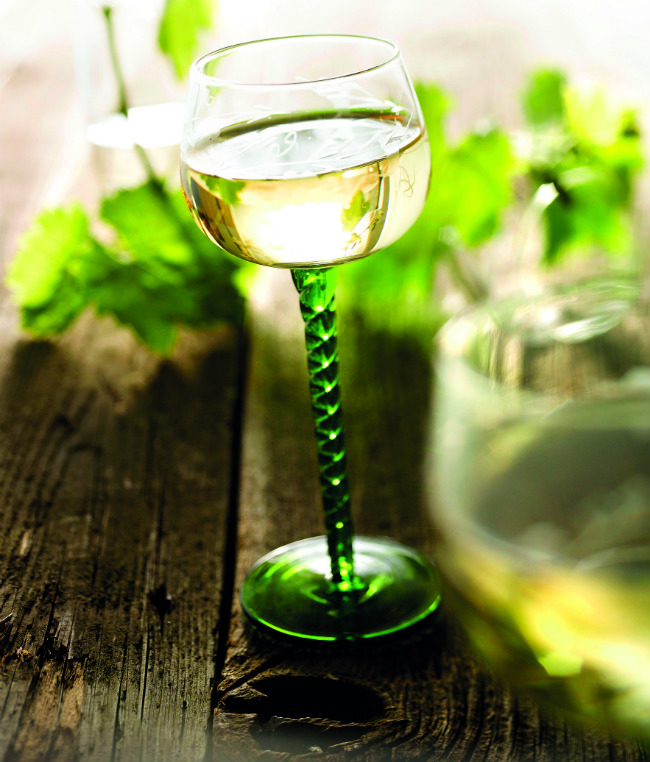
The traditional Alsatian wine glass with its green stem. Photo: Conseil Vins Alsace
“Its only flaw is its small size, but all the major glass manufacturers, such as Riedel or Spiegelau, have drawn on it to improve traditional glasses or to create fairly universal ranges of glasses suitable for all wines,” says Géraldine. “If you want to avoid mistakes without having too many glasses, the tulip-shaped glasses are a good compromise for most wines – whites and reds, French and foreign.”
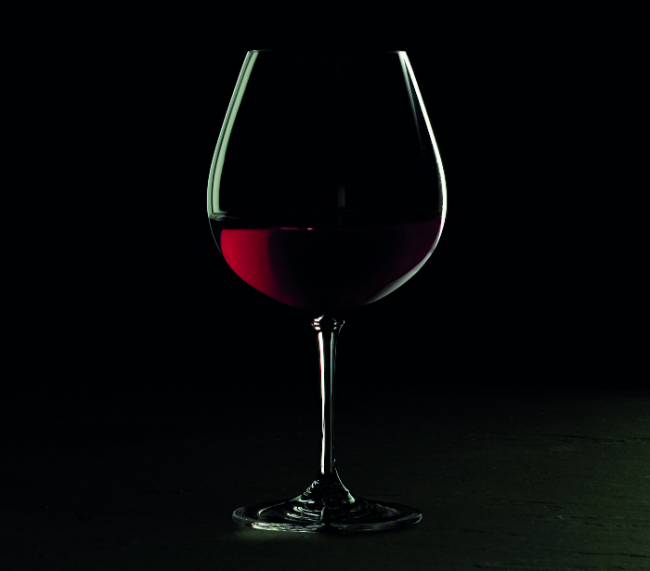
Drink red Burgundy from a glass with a wide bowl so the wine can breathe. Photo: BIVB/ Dutton L
It should also be noted that there has never been a specific Côtes-du-Rhône glass. “In the Rhône Valley, the diversity of grape varieties is immense,” she adds. “This probably explains why these wines do not have specific glasses.”
From France Today magazine

Champagne is drunk from slightly convex glasses to free the aromas. Photo: Comité Interprofessionnel du Vin de Champagne
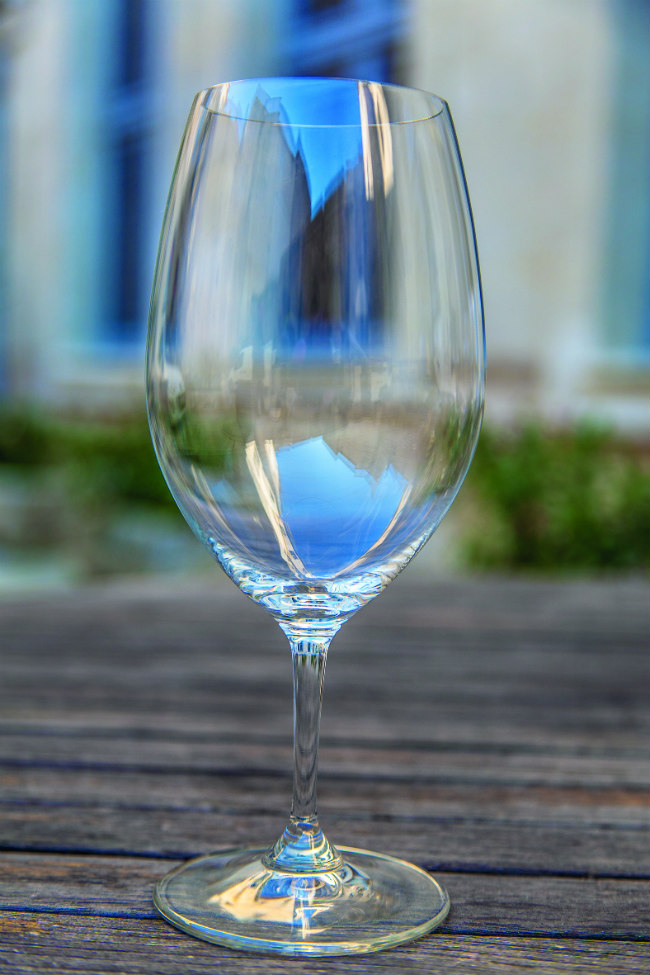
Tulip-shaped glass. Photo: Christophe Constant
Share to: Facebook Twitter LinkedIn Email
Leave a reply
Your email address will not be published. Required fields are marked *




REPLY
REPLY